Walk Away Renée/ Pretty Ballerina by The Left Banke [Music CD]
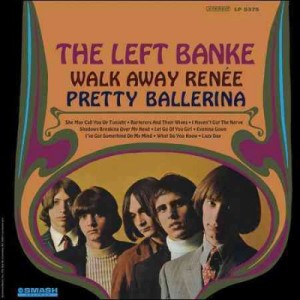
view/request
I give this Left Banke album an A+++, eighteen stars, two thumbs up and three golden tickets.


view/request
I give this Left Banke album an A+++, eighteen stars, two thumbs up and three golden tickets.
Tagged: 1960s rock music
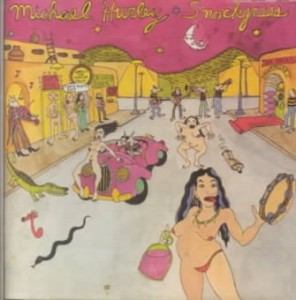
view/request
1980’s Snockgrass (album not pictured here due to singer’s risque cover painting) is classic Michael Hurley. There’s plenty of swinging numbers, reflective waltzes, weirdo lyrics and country-fried boogies with the mood volleying from serious to sardonic to silly. “The Midnight Rounder”, “O My Stars” and “Watchin’ the Show” are excellent starting places for someone just beginning their Snock obsession.
Tagged: Blues music, Country music, Folk music
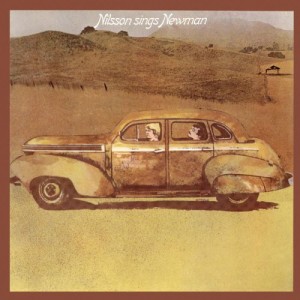
view/request
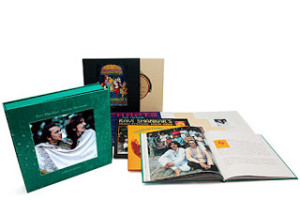
view/request
Tagged: Indian music, Pop music
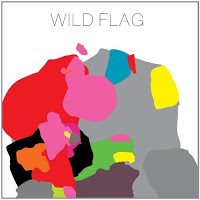
view/request
Tagged: Music, Pop music, Rock music

view/request
Talking Tabla is an exciting recording showing off the work of a masterful tabla player. The tabla is a popular Indian percussion instrument, and is ubiquitous in the classical music of Northern India. The tabla consists of two hand drums of contrasting designs: on the left is a kettle drum with a deep sound and variable pitch; on the right is smaller conical drum with a high, fixed pitch. The drums are struck with the fingers and palms of the hands to create the sounds known as bols, these are the syllables of North Indian drumming and can be spoken as well as played; well performed, they sound very much like language, hence the title of this album, Talking Tabla.
On Talking Tabla Bikram Ghosh plays a variety of compositions, fixed and improvised, in a variety of styles, including a piece in the less familiar Carnatic style of South India. Although Bikram Ghosh’s tabla is the focus of these recordings we are not deprived of melody—Ramesh Mishra does a beautiful job playing the sarangi (a kind of elaborate fiddle) on several tracks and on the third track Ghosh accompanies Tarun Bhattacharya’s santoor (hammered dulcimer). In addition, Ghosh’s beautiful baya (left hand drum) application creates a kind of melody of its own. (To fully appreciate this a pair of good speakers or headphones are recommended—don’t listen to this one through your laptop speakers!) Even those who are bored by the idea of an album devoted to the drums should consider listening to Talking Tabla.
Tagged: Drums, Folk music, Indian music

view/request
File this one under “neglected”.
Due to odd sizes of items, value, age, et cetera, we sometimes have material here at Forbes that lacks a certain “browseability” or just isn’t given an ideal sight line. The Glasgow School certainly falls somewher under this category. This cd, filed with our boxed sets because of its book bound style case, may be a little off the radar for our casual music browser.
Orange Juice, fronted by Edwyn Collins, was a group that successfully meshed clever, highly literary lyrics with danceable musical accompaniment. The songs on The Glasgow School collects the band’s first singles and outtakes. These sessions sound more rough around the edges than the slicker produced records that followed. Collins’ romantic, baritone voice handles the majority of the lead singing with James Kirk interjecting some gems here and there (Kirk would leave OJ after the release of the classic full length debut You Can’t Hide Your Love Forever).
Here we have inspired music from Scotland at the start of the 80’s representing the lighter side of the post-punk era. Lyrically, they match wits with the best. Collins laments in Blue Boy “Oh curse and bless him with the gabardine which surrounds him/See him writhe at the sight of your eyes which repel him”. Their lasting influence is easily heard throughout the catalogs of the Smiths, Belle & Sebastian, Franz Ferdinand and hopefully, if people can find Orange Juice, many more musicians to come.
Tagged: Music, Post punk, Rock music
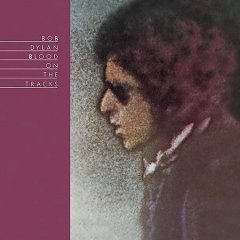
view/request
Tagged: Country music, Folk music, Pop music

view/request
The late 1960’s early/ 70’s happens to be a great period for Bob Dylan, thank you for asking. Nashville Skyline, the Basement Tapes, Self Portrait (though many have said I’m crazy for admitting I like this one), Pat Garret & Billy the Kid are the albums I return to the most within this artist’s prolific catalog. 1970’s New Morning may be the most enjoyable listen from this period.
The album kicks off with the pining romance gesture that is “If Not For You”. The song has an almost Velvet Underground pulse juxtaposed with bouncy organ and country guitar picking. George Harrison would record his version the following year on his album All Things Must Pass. The bluesy and rock n’ roll sounds predictably find their way onto this record. There’s also lighthearted moments in “Winterlude” where Bob croons “this dude thinks your fine” and in the silly jazz rap “If Dogs Run Free” featuring a barrelhouse piano send up at the top of the song.
Dylan’s voice and delivery began to shift around 1968. He lost a bit of the raspy quality that his earlier recordings possessed and started leaning a bit on the softer side in his vocals. This is not to say he’s taking a casual approach to his singing; Dylan is most noticeably passionate on the title track, “Day of the Locusts” and “the Man in Me” (featured in the soundtrack of the Big Lebowski).
New Morning is just another one of those perfect Bob Dylan records.
Tagged: Blues music, Folk music, Pop music, Rock music
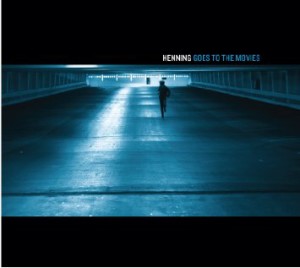
view/request
Please excuse the following burst of textual immodesty… Ahem. As founder and president (not to mention CEO, secretary, vice president & mascot) of the Forbes Film Club, I can safely say that I know a thing or two about the cinema. In addition, it was in college where I studied video and film, wrote lengthy ramblings dealing with issues within the worlds of documentary film and German cinema, composed pretentious screenplays and starred in some student produced shorts that feature poor lighting (often typecast as a chat show host, bud did sport a tricorne hat once for a period piece). I later found myself in Texas working in a video library/archive and spent most evenings devouring the collection and attending curated film festivals. To this day, little gives me greater pleasure than sitting in the theater, munching on popcorn and seeing something unfold on the big screen.
I have very personal connections to a handful of films and I believe movies we love can have a great impact on how we define ourselves. This is why Henning Goes to the Movies is so appealing.
Nine movies. Nine songs. Henning Ohlenbusch, lyricist extraordinaire/singer/songwriter of the group School For the Dead, is the architect (perhaps I should use director in this instance?) behind this wonderful album. He sings about the hilariously raunchy Super Bad, David Lynch’s quiet drama the Straight Story, the horror classic Poltergeist, the coming of age classic the Year My Voice Broke and more. His approach to these pieces is not a highlight of important plot points; rather he shares his personal experience with each film. Through introducing a specific character’s perspective or providing an overall sentiment of a movie, Ohlenbusch invites the listener to go on a cinematic journey.
His folksy pop songs are simply arranged to bring us close to the stories. He also tastefully sets the scene with appropriate backing. We find ourselves somewhere in the distant future in Logan’s Run with weaving backward electric guitar and at an old time carnival in Joe Vs. the Volcano. Though voice and acoustic guitar tend to be in the forefront throughout, keyboards, glockenspiel, subtle effects, electric bass, harmony vocals and percussion expand the mix.
This a great collection of songs, even without the movie theme. And I should mention that you really don’t need to have seen the films to appreciate the record. It is, however, even more of a gratifying listen for those of us who find that films are an important fabric of our lives.
Tagged: Film, Folk music, Pop music, Rock music
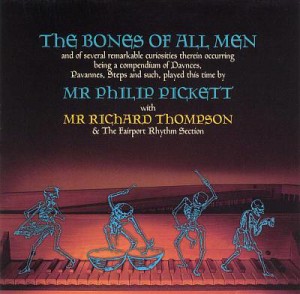
view/request
This album marries two of my favorite genres of music: specifically, 16th century Renaissance dances and British folk-rock of the 1960s and ’70s.
Richard Thompson and some ex-Fairport Convention comrades joined conductor and multi-instrumentalist Philip Pickett (who has Albion Band credentials as well as early music) in 1998 to rock out on a selection of tunes by William Byrd’s contemporaries. When I used to play electric harpsichord for English Country Dancing back in the early ’90s, this was the sort of sound I dreamed of achieving. Imagine a note-perfect recorder consort accompanied by Dave Mattacks on drums, or dueling krumhorn and electric guitar, or virginal with a very electrified bass continuo. The tunes are brilliantly arranged, irresistibly driving, reverently irreverent (or vice versa), passionately fun and absolutely classic in every sense of the word. Turn it up, way up.
Tagged: Early music, Rock music
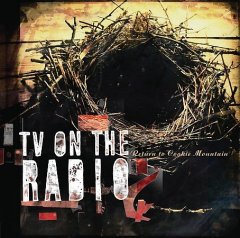
view/request
Return To Cookie Mountain (2006), by the Brooklyn-based quintet TV On The Radio, was my introduction to this group’s music and I quickly became a fan. I really enjoy the unique harmonies and vocal layerings of the two primary vocalists Tunde Adebimpe and Kyp Malone. The melodies are also exceptional and have been described as “atmospheric” and “spacious” Their music is not easy to categorize but some close approximations include: indie-rock, soul and trip-hop. Repeated listenings to this CD always reveal more pleasurable discoveries of their unique sound. Two outstanding tracks for me are “I Was A Lover” and “A Method”.
Tagged: Indie rock, Rock music